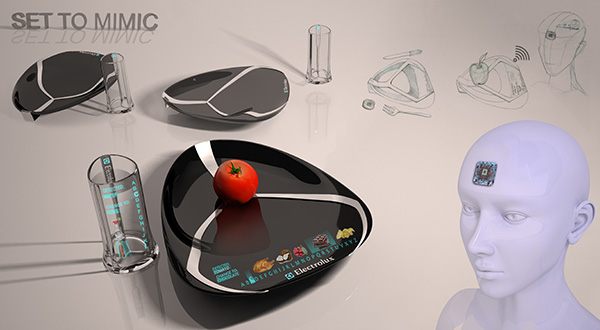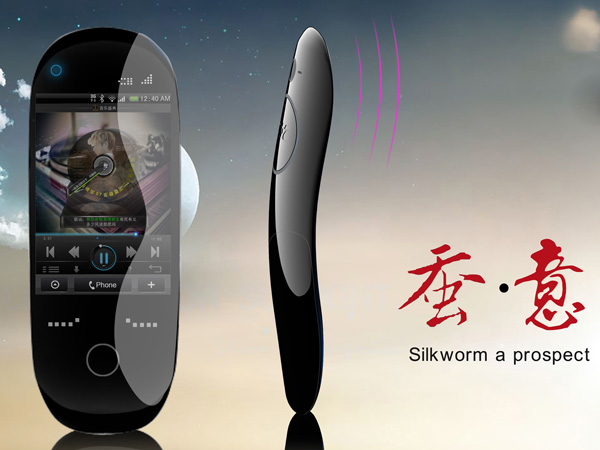Mind Power is potent and it can manipulate or simulate circumstances that may seem fictitious and surreal. Based on this premise is the plate and glass combo of the ‘SET TO MIMIC’ tableware. The idea is to put a microchip in us, which interacts with our brain cells so that it can register smells, tastes and textures of our favorite food. When bland or ‘health foods’ are placed on the plate, the microchip manipulates our senses to feel as if we are eating our favorite food.
For example, you could be eating a plate of lettuce, but ‘SET TO MIMIC’ makes you feel as if you are eating a cheeseburger! This concept is a part of the semi-finalists shortlisted by the 2014 Electrolux Design Lab Competition.
Designer: Sorina Răsteanu







-
Yanko Design
Timeless Designs - Explore wonderful concepts from around the world!
Shop CKIE - We are more than just concepts. See what's hot at the CKIE store by Yanko Design!
(Mind Over Food was originally posted on Yanko Design)
Related posts:

















